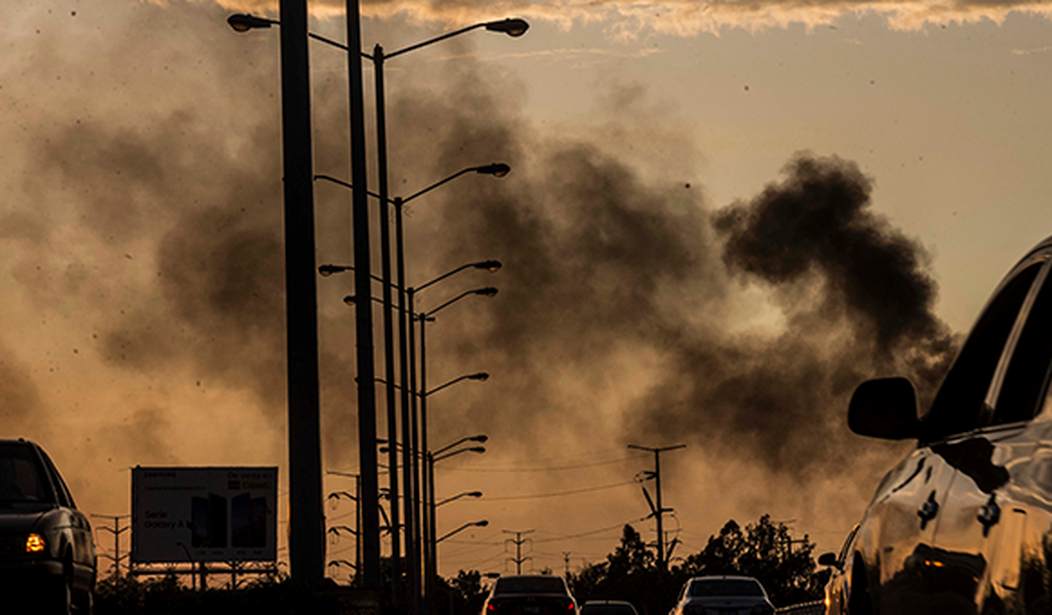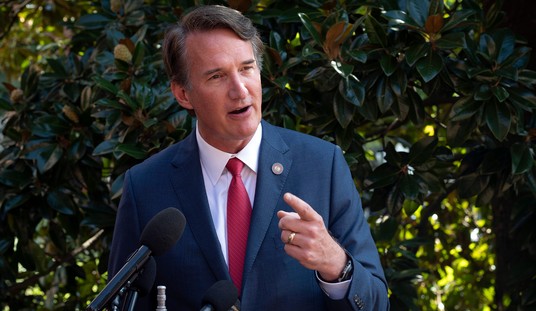The Justice Department’s Inspector General’s office recently released the findings of an audit revealing grave concerns about the FBI’s ability to protect its agents and informants from Mexican drug cartels. The report shows that these criminal enterprises are using Ubiquitous Technical Surveillance (UTS) to track, monitor, and kill informants and others working to stop the cartels’ activities.
The report details a case involving the “El Chapo” drug cartel. An informant told the Bureau that the organization had “hired a hacker” to provided a series of services including spying on cell phones and other electronic devices.” He was able to “observe people going in and out of the United States Embassy in Mexico City” while tracking the FBI’s Assistant Legal Attaché (ALAT). The cartel access “calls made and received, as well as geolocation data,” which enabled them to track the agent through the city.
This hacker exploited Mexico City’s camera surveillance system to “follow the ALAT through the city and identify people the ALAT met with.” The cartel “used that information to intimidate and, in some instances, kill potential sources or cooperating witnesses.”
In another incident, the report described how another cartel leader used the technology to spy on an employee suspected of being a government informant. The leader accessed the employee’s cell phone call logs and “look[ed] for phone numbers that may be connected to law enforcement.”
After the cartel identified a suspicious number, it conducted “an online search of one of the phone numbers,” which helped them tie the employee to law enforcement. The report does not indicate what happened to the employee.
Cartels now have the ability to employ various technological measures to target those who might endanger their operations. The technology was previously only available to governments. But now, these capabilities have become “easier than ever for less-sophisticated nations and criminal enterprises to identify and exploit vulnerabilities created by UTS,” according to the report.
Recommended
Sinaloa drug cartel hired a cybersnoop to identify and kill FBI informants: Device compromises and deep-seated access to critical infrastructure exposed surveillance vulnerabilities in agency's work
— Debra Baker, CISSP CCSP (@deb_infosec) June 30, 2025
A major Mexican drug cartel… https://t.co/tRgOLPYj0i #cybersecurity #infosec pic.twitter.com/rM2wQg7wJJ
Even more concerning is that the FBI appears to have struggled to find a way to counter these operations. A Red Team was formed to deal with the issue. However, the team’s analysis “did not appear to account for known UTS vulnerabilities already identified by the FBI.” Another internal review flagged these weaknesses, but the Bureau h as not yet used its insights to fight back.
The Inspector General’s Office characterized the new threat as “existential” and criticized the FBI for not having a “clear line of authority for responding to UTS-related security incidents.”
The Trump administration earlier this year designated Mexican drug cartels as terrorist organizations. "The Cartels have engaged in a campaign of violence and terror throughout the Western Hemisphere that has not only destabilized countries with significant importance for our national interests but also flooded the United States with deadly drugs, violent criminals, and vicious gangs," President Donald Trump’s executive order stated.
🚨 The U.S. has officially declared the following as Foreign Terrorist Organizations: Tren de Aragua, MS-13, the Sinaloa Cartel, the Jalisco New Generation Cartel, the United Cartels, the Gulf Cartel, the Northeast Cartel, and the Michoacán Family. pic.twitter.com/cgcw9juyEl
— Rapid Response 47 (@RapidResponse47) February 19, 2025
The White House detailed how cartels operate along the southern border. "The Cartels functionally control, through a campaign of assassination, terror, rape, and brute force nearly all illegal traffic across the southern border of the United States,” the executive order read. “In certain portions of Mexico, they function as quasi-governmental entities, controlling nearly all aspects of society. The Cartels’ activities threaten the safety of the American people, the security of the United States, and the stability of the international order in the Western Hemisphere. Their activities, proximity to, and incursions into the physical territory of the United States pose an unacceptable national security risk to the United States," it continues.”

























Join the conversation as a VIP Member